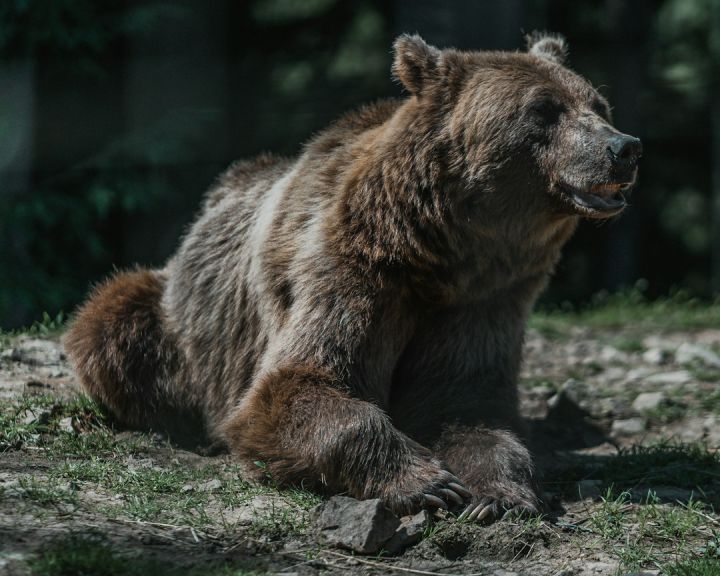Can Bears Communicate with Each Other?
Bears are fascinating creatures, known for their size and strength. But do they possess the ability to communicate with each other? This question has intrigued scientists and animal enthusiasts for decades. While bears may not use language in the same way that humans do, they do have various methods of communication that allow them to interact with one another effectively. In this article, we will explore the ways in which bears communicate and shed light on the complexity of their social interactions.
Visual Cues: The Language of Body Movements
When it comes to communication, bears rely heavily on visual cues. Their body movements and postures can convey a wealth of information to other bears. For example, when a bear stands on its hind legs, it is often a sign of aggression or dominance. On the other hand, a bear that rolls onto its back and exposes its belly is displaying submission. These visual signals help bears establish social hierarchies and avoid potential conflicts.
Vocalizations: Growls, Roars, and More
While bears may not have a sophisticated language like humans, they do produce a range of vocalizations to communicate with each other. Growls, roars, and grunts are some of the common sounds made by bears. These vocalizations serve multiple purposes, including expressing aggression, attracting mates, and signaling danger. For instance, a mother bear may use a low growl to warn her cubs of potential threats, while a male bear might emit a loud roar to establish his dominance during mating season.
Scent Marking: Leaving Messages Behind
Bears also rely on scent marking as a form of communication. They have scent glands located on various parts of their bodies, including their paws and anal region. By rubbing against trees or other objects, bears leave behind their scent, which acts as a message to other bears. This method of communication helps bears establish territory boundaries, identify potential mates, and even avoid confrontations with dominant individuals. The ability to detect and interpret these scent signals is crucial for bears to navigate their environment and maintain social cohesion.
Nonverbal Communication: Gestures and Expressions
In addition to visual cues, bears also use nonverbal communication through gestures and facial expressions. For example, bears may use a “play bow” posture to indicate that they want to engage in friendly play with another bear. They may also use facial expressions, such as raising their eyebrows or wrinkling their snouts, to convey emotions like curiosity or aggression. These nonverbal signals allow bears to express their intentions and emotions without resorting to physical confrontation.
The Complexity of Bear Communication
It is important to note that bear communication is not limited to a single method but rather encompasses a combination of visual, vocal, olfactory, and nonverbal cues. These various forms of communication work together to create a complex network of interactions among bear populations. By understanding these communication methods, scientists can gain valuable insights into bear behavior, social dynamics, and even conservation strategies.
In Conclusion: The Language of Bears
While bears may not “speak” in the same way that humans do, they have a rich repertoire of communication methods at their disposal. Through visual cues, vocalizations, scent marking, and nonverbal gestures, bears are able to convey information, express emotions, and establish social hierarchies. Their ability to communicate effectively is essential for their survival and plays a vital role in their interactions with other bears. As we continue to study and observe these magnificent creatures, we can gain a deeper appreciation for the complexity of their communication and the fascinating world they inhabit.






